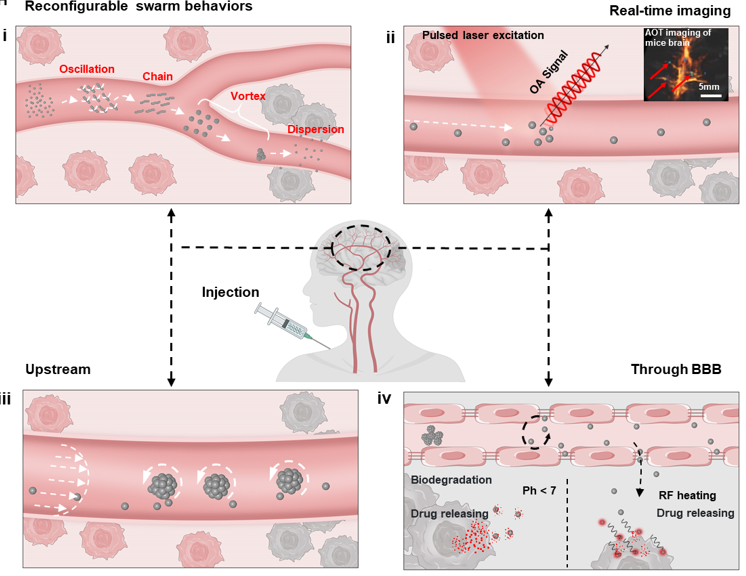Autonomous Robotic Manipulation
Modeling Top-Down Saliency for Visual Object Search
Interactive Perception
State Estimation and Sensor Fusion for the Control of Legged Robots
Probabilistic Object and Manipulator Tracking
Global Object Shape Reconstruction by Fusing Visual and Tactile Data
Robot Arm Pose Estimation as a Learning Problem
Learning to Grasp from Big Data
Gaussian Filtering as Variational Inference
Template-Based Learning of Model Free Grasping
Associative Skill Memories
Real-Time Perception meets Reactive Motion Generation
Autonomous Robotic Manipulation
Learning Coupling Terms of Movement Primitives
State Estimation and Sensor Fusion for the Control of Legged Robots
Inverse Optimal Control
Motion Optimization
Optimal Control for Legged Robots
Movement Representation for Reactive Behavior
Associative Skill Memories
Real-Time Perception meets Reactive Motion Generation
Magnetic metal-organic frameworks-based nanoparticles (mMNPs)

Nanoparticles offer an effective approach to drug delivery, enabling targeted and controlled release of various therapeutic agents. These advancements could enhance the quality of life of patients by reducing injection frequency and minimizing drug toxicity. However, traditional nanoparticle formulations often face challenges in achieving high drug-loading capacity, controllability, real-time imaging, and effectively crossing physiological barriers like the blood-brain barrier, which limits their potential in treating certain diseases. In this study, we have developed magnetic metal–organic framework nanoparticles with high drug-loading capacity and real-time medical imaging capability, designed to efficiently transport drugs across the blood-brain barrier to brain tumor sites via reconfigurable particle swarms. These nanoparticles, featuring a hard magnetic FePt core for effective magnetic actuation and a porous ZIF-8 shell for high-capacity drug loading, demonstrate advanced navigation in complex cerebral circulation and enhance medical imaging modalities, including optoacoustic imaging and magnetic resonance tomography. Our in-vitro studies reveal the potential of these nanoparticles to overcome physiological endothelial barriers, offering new strategies for treating cerebrovascular diseases and other conditions, such as glioblastoma, where drug delivery is challenging. Ex vivo and in vivo animal test results of these engineered nanoparticles demonstrate their promise for future minimally invasive cerebrovascular treatments, highlighting the critical need for further research to optimize the stability, safety, and biocompatibility of such nanoparticles.
Members





